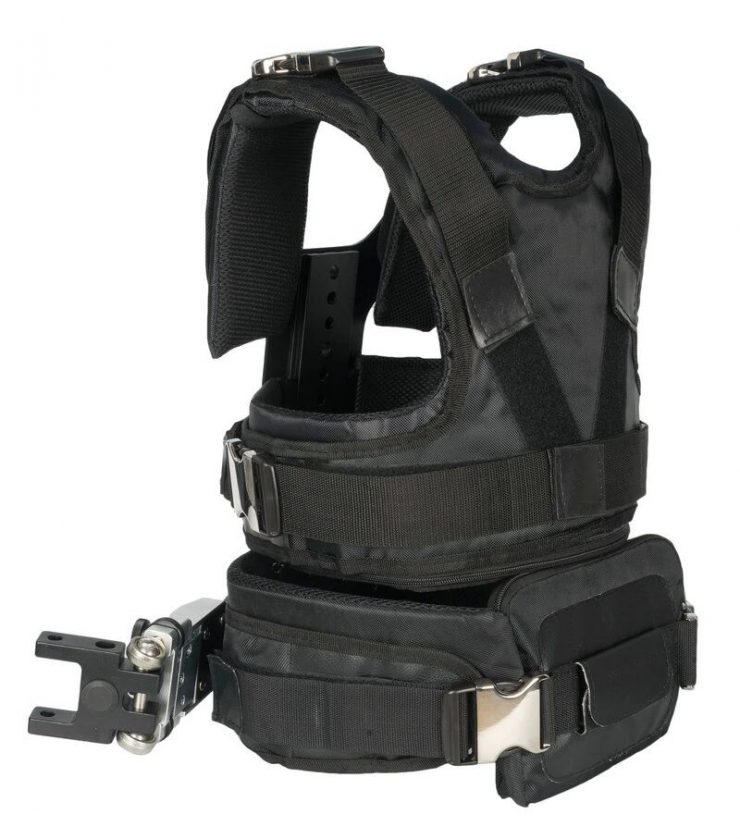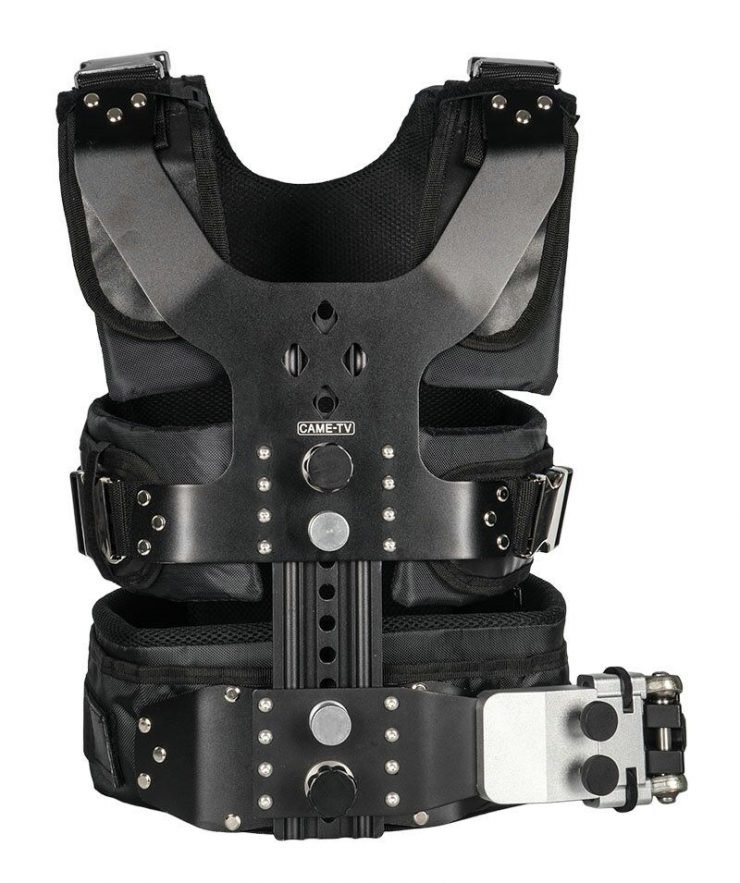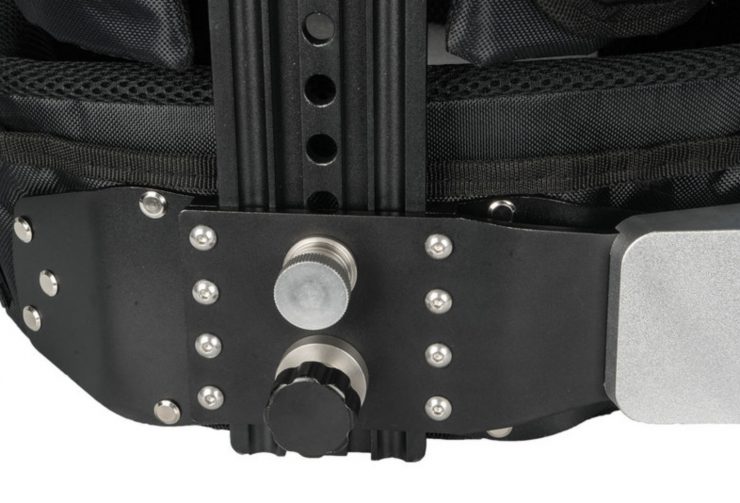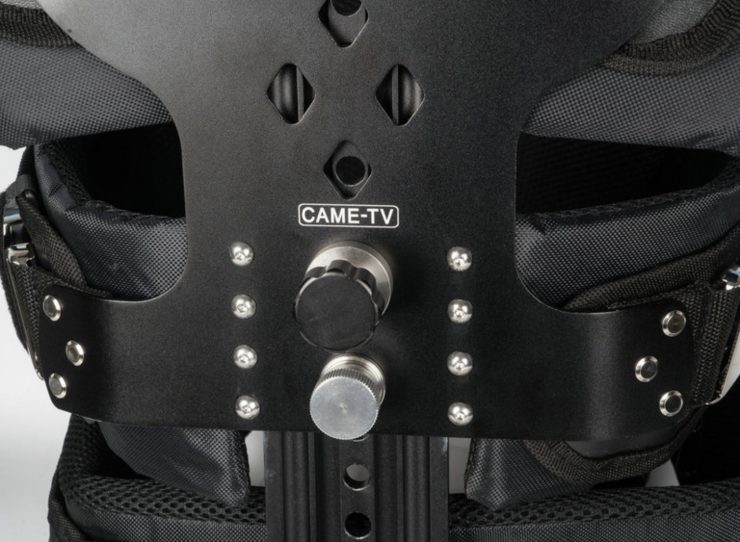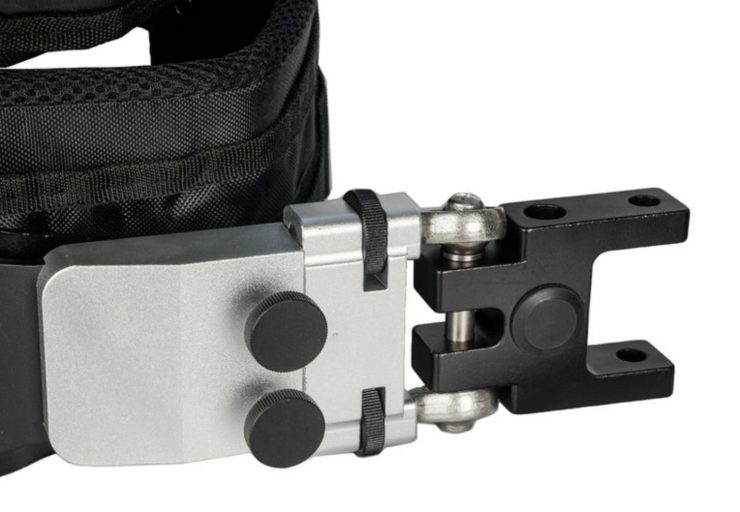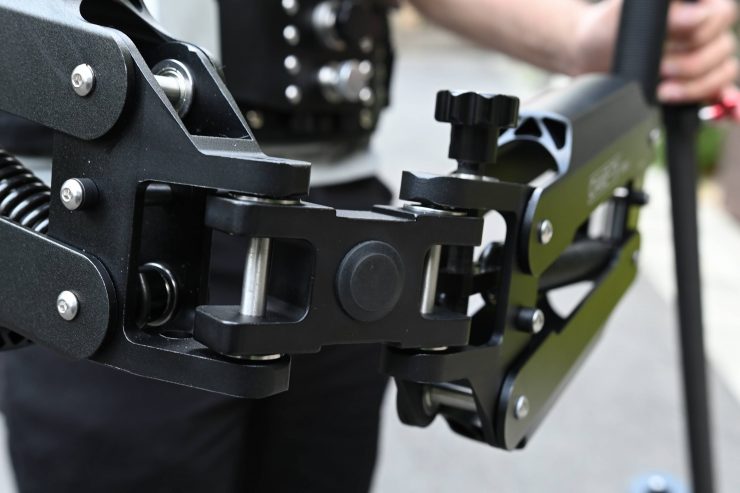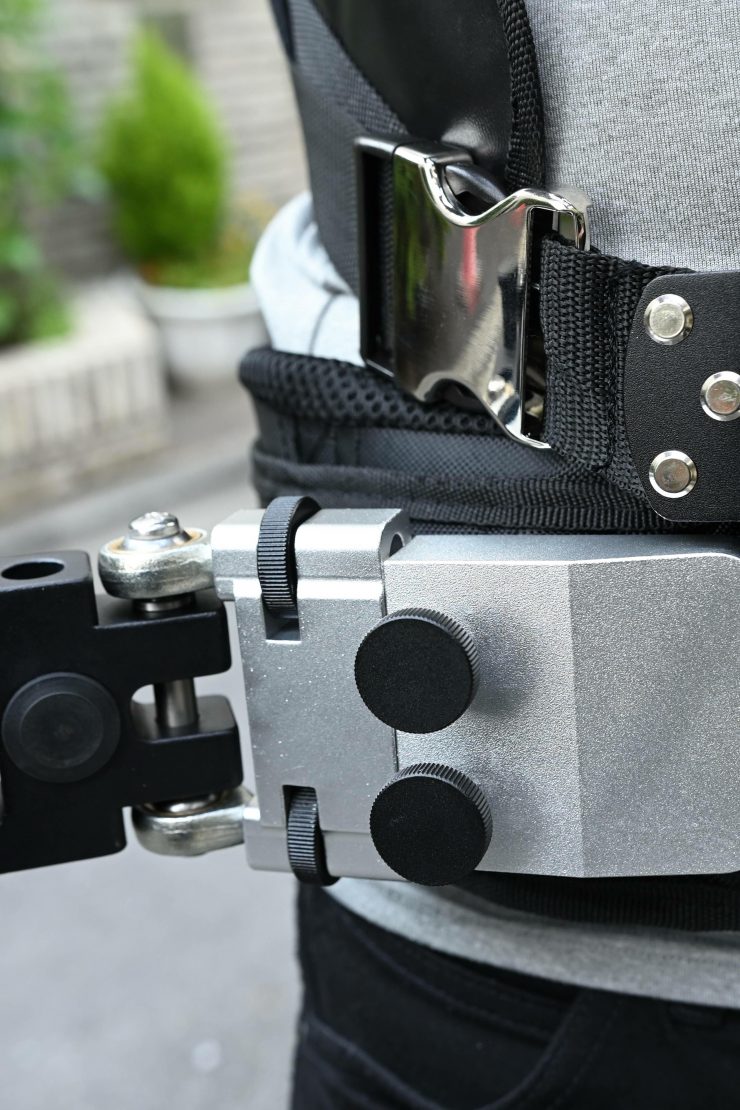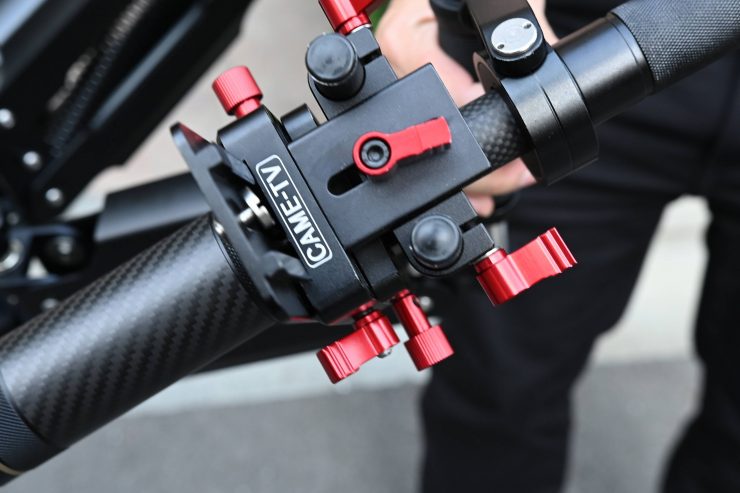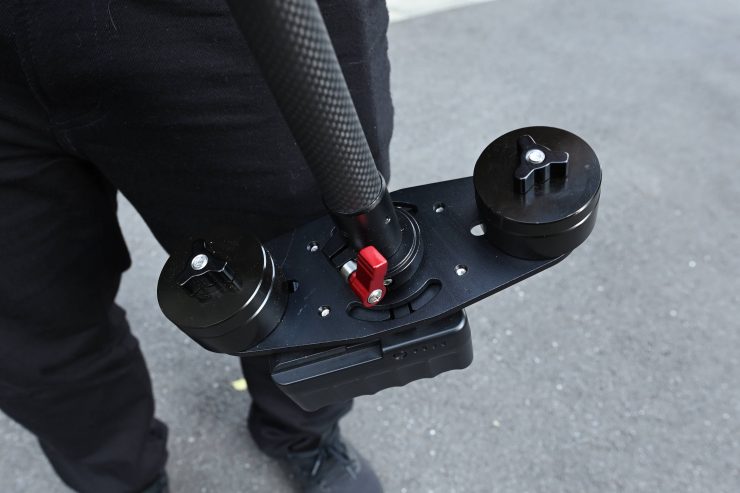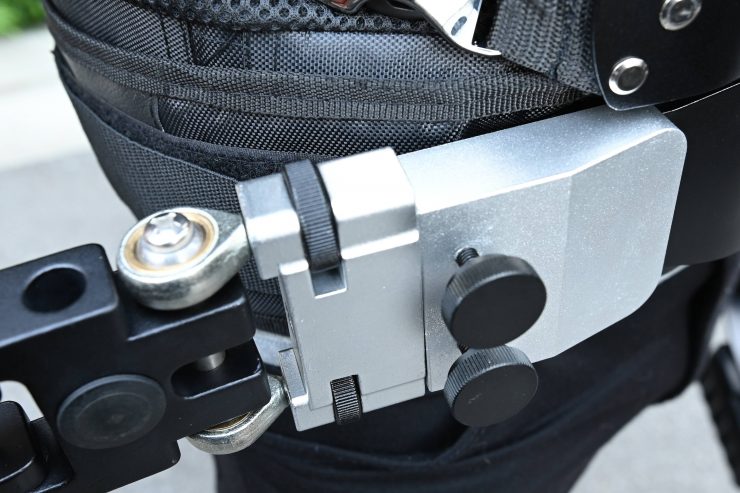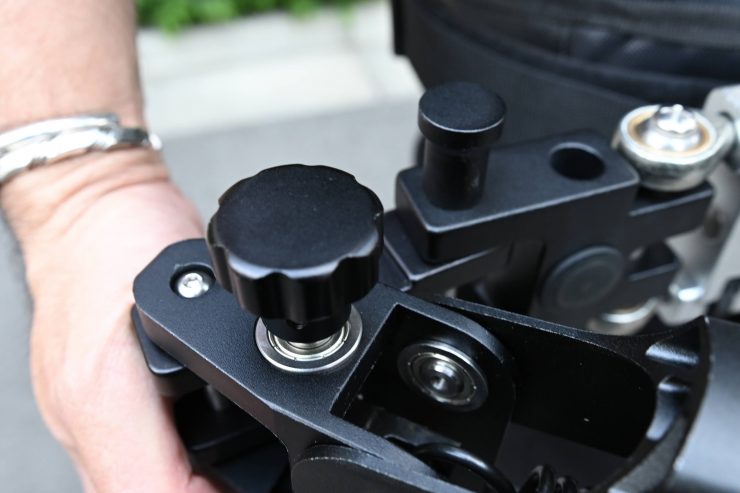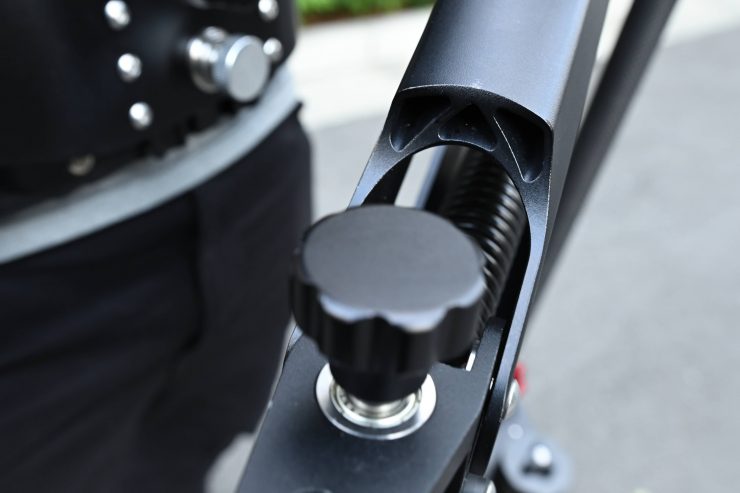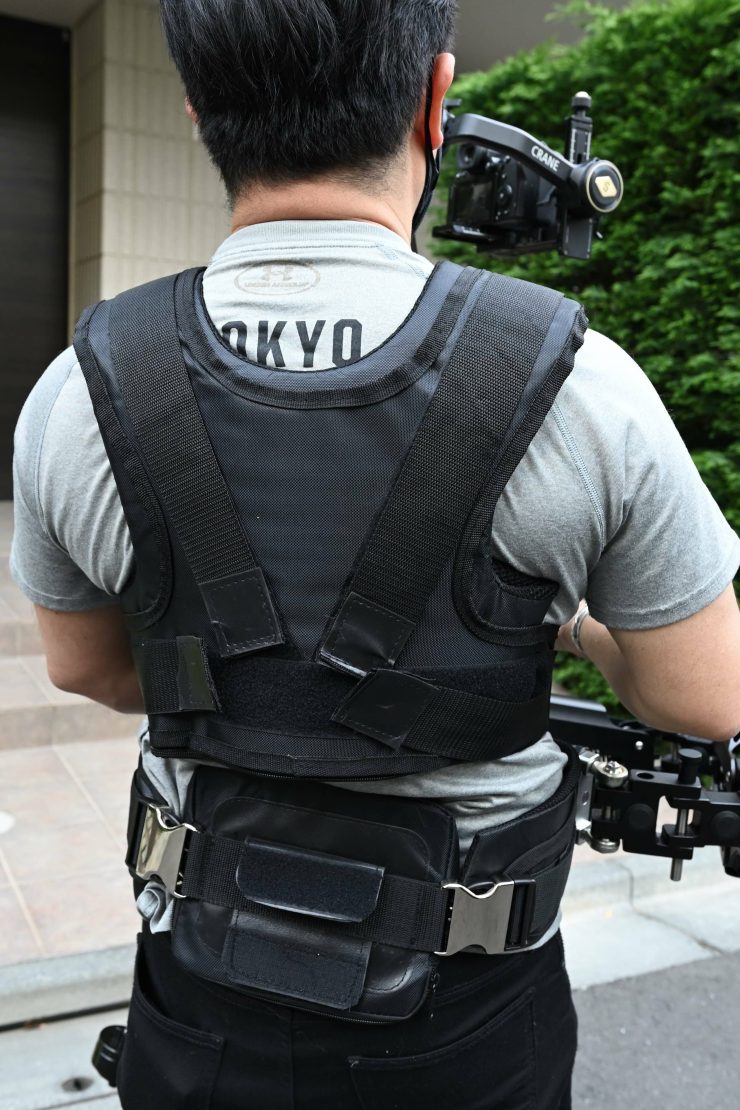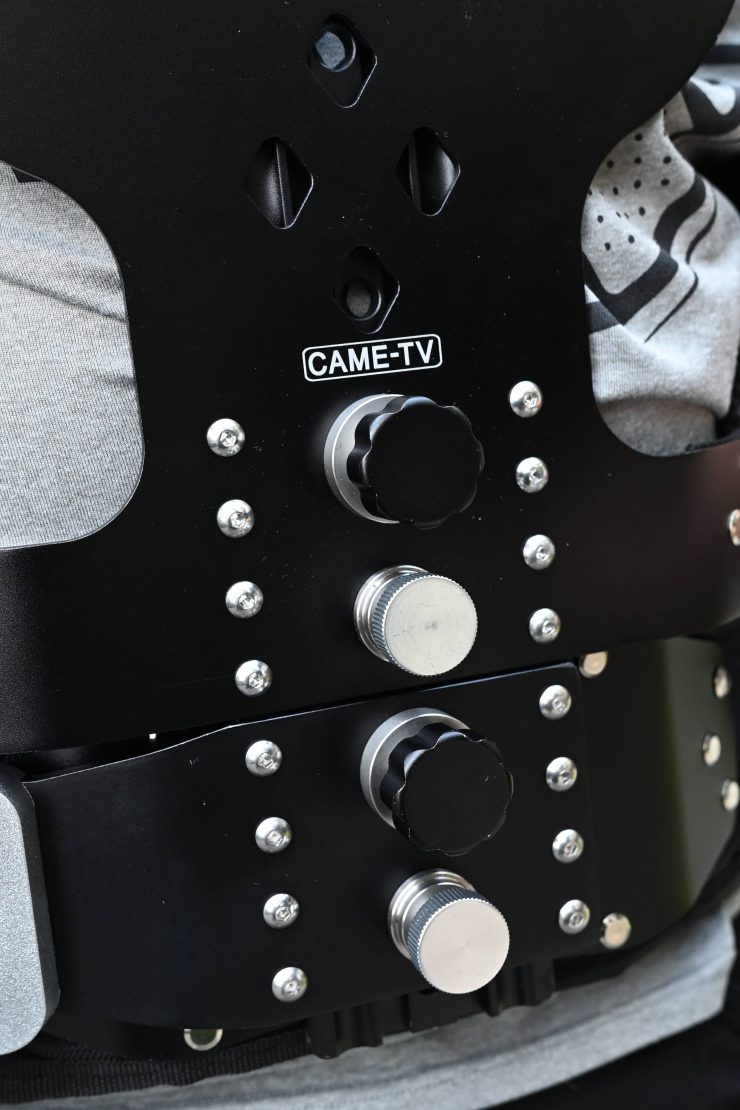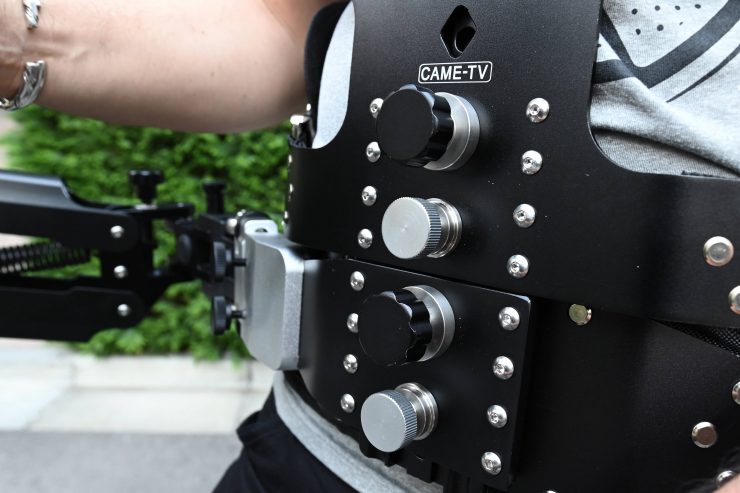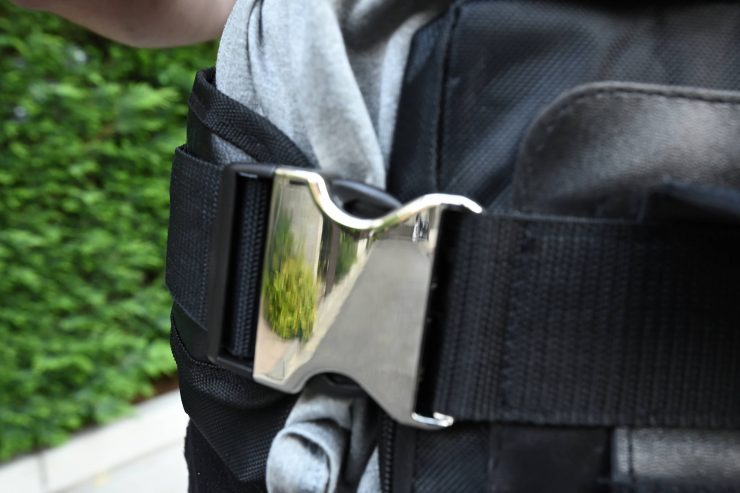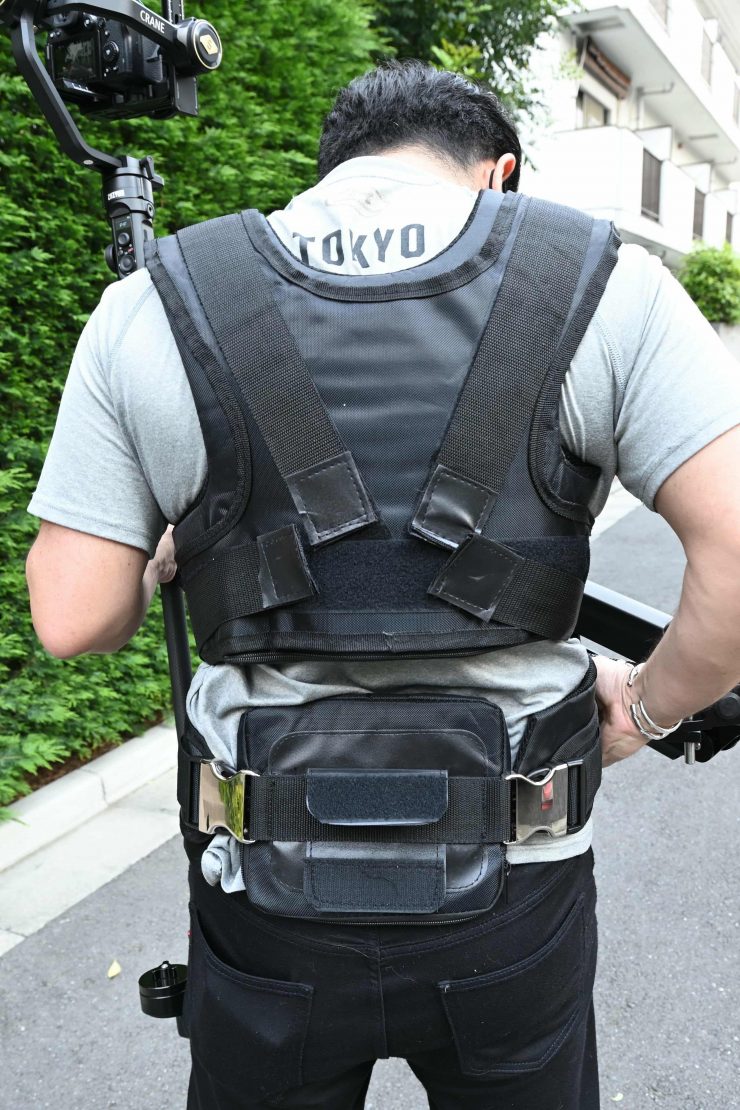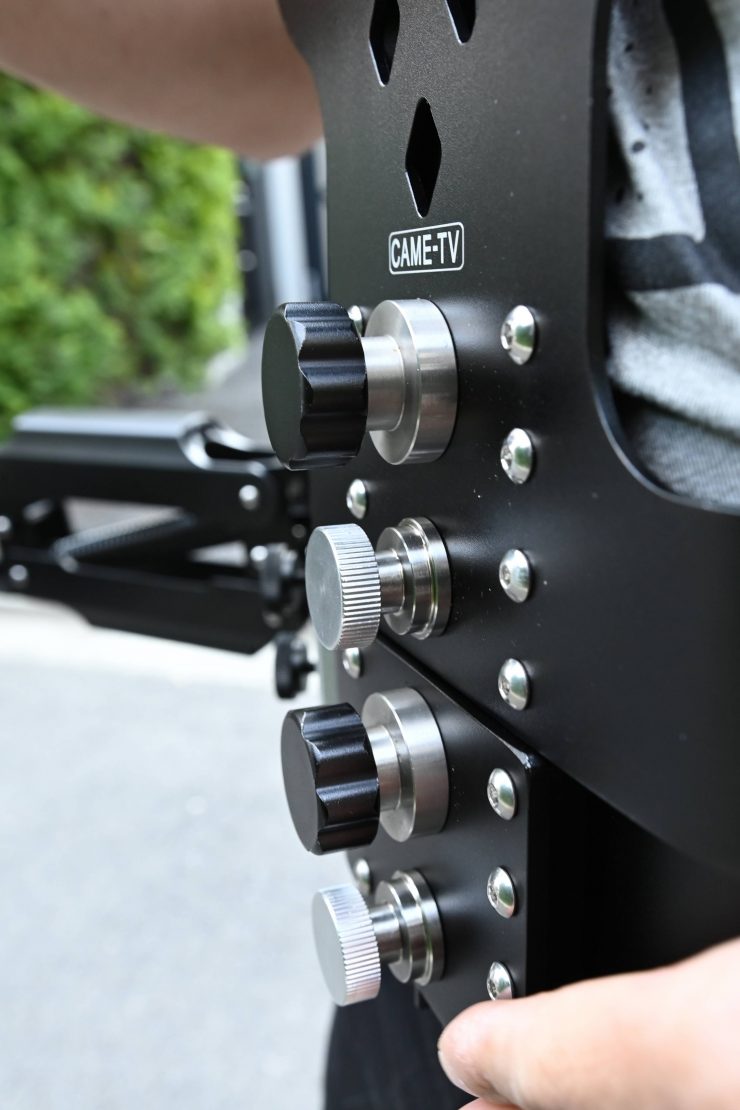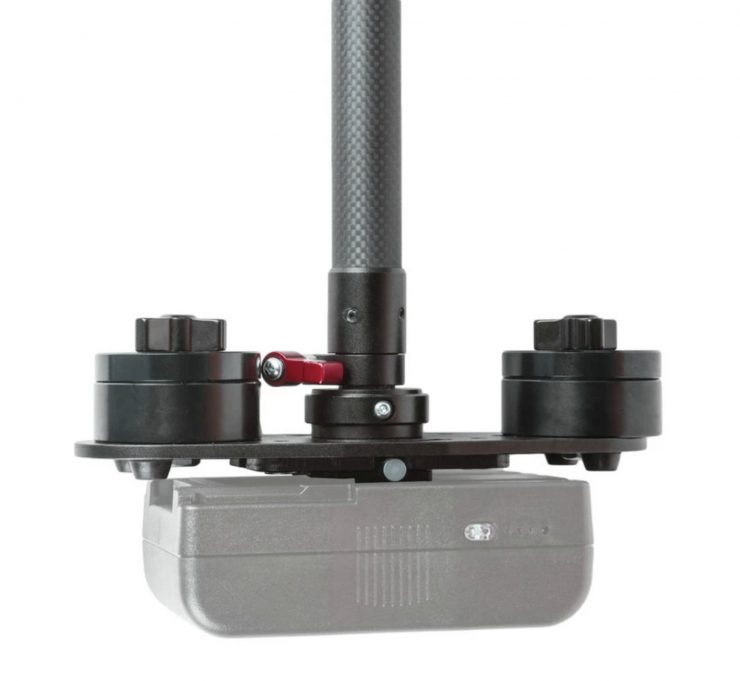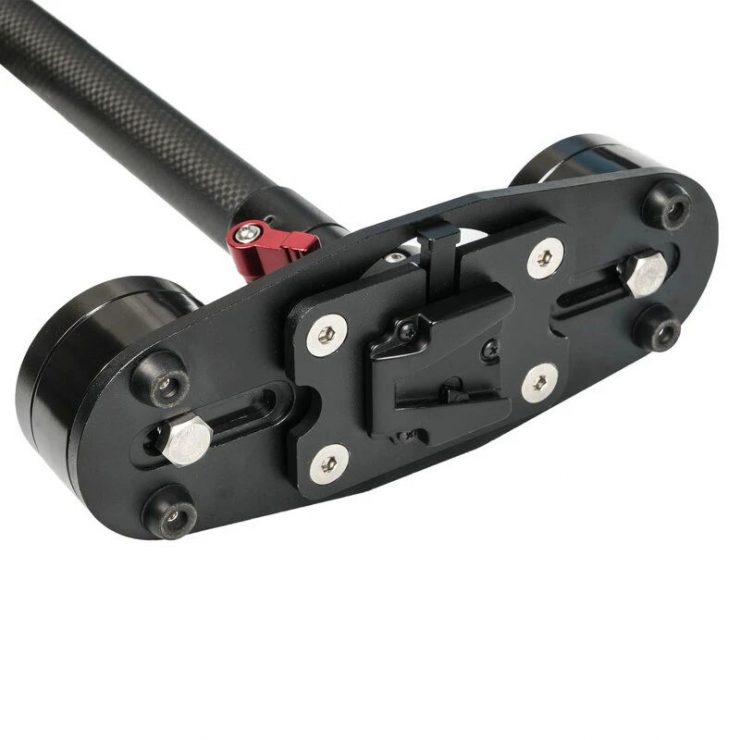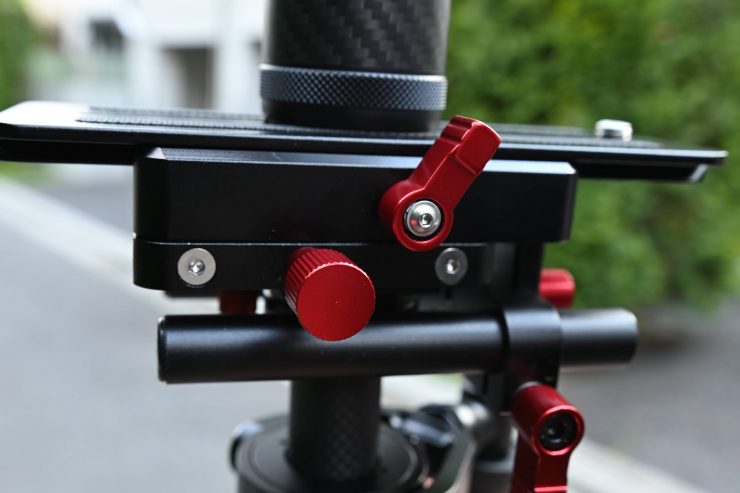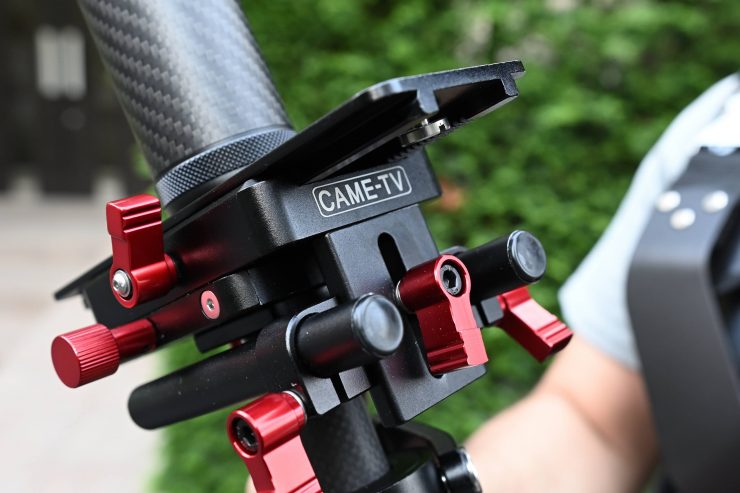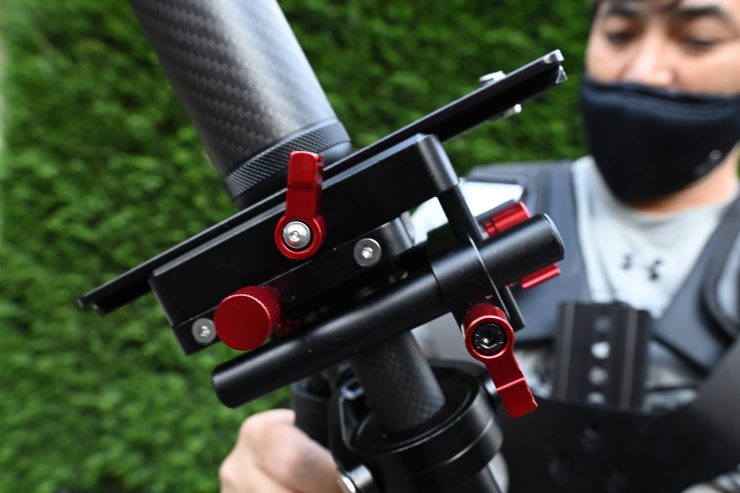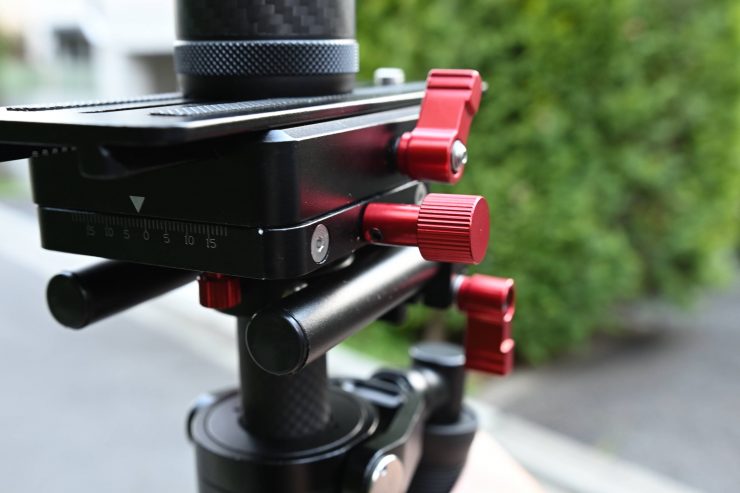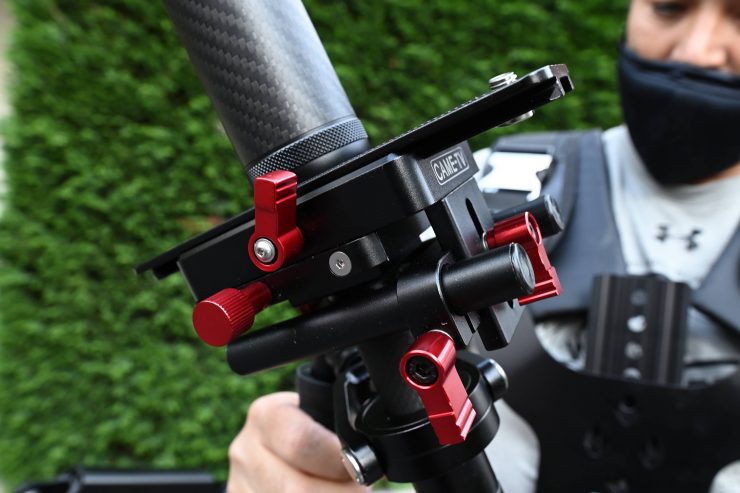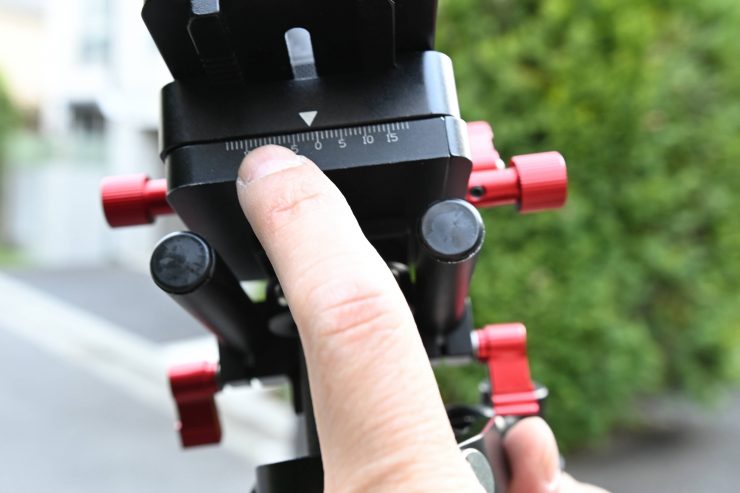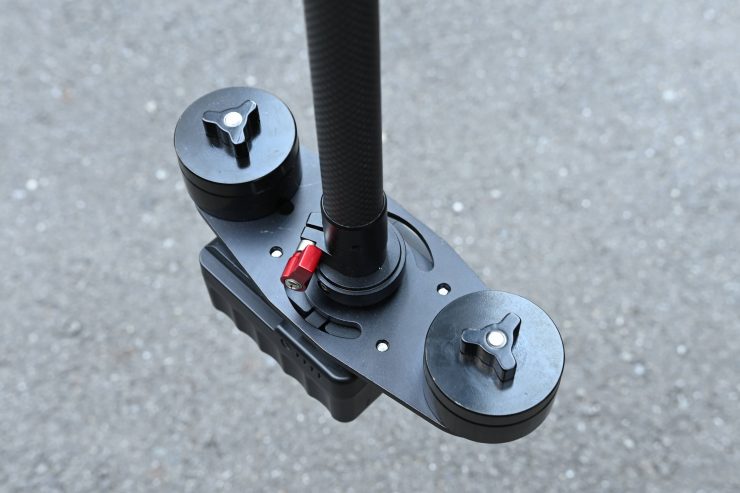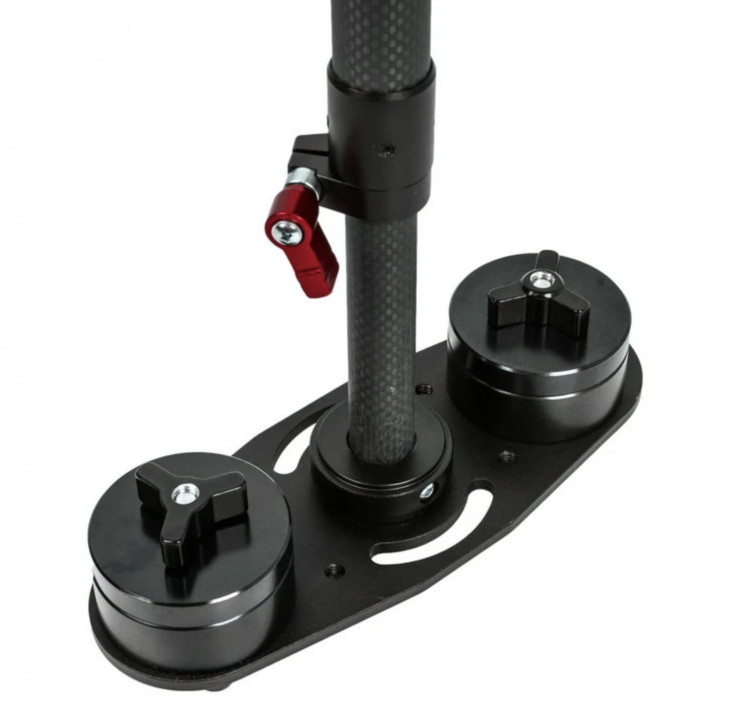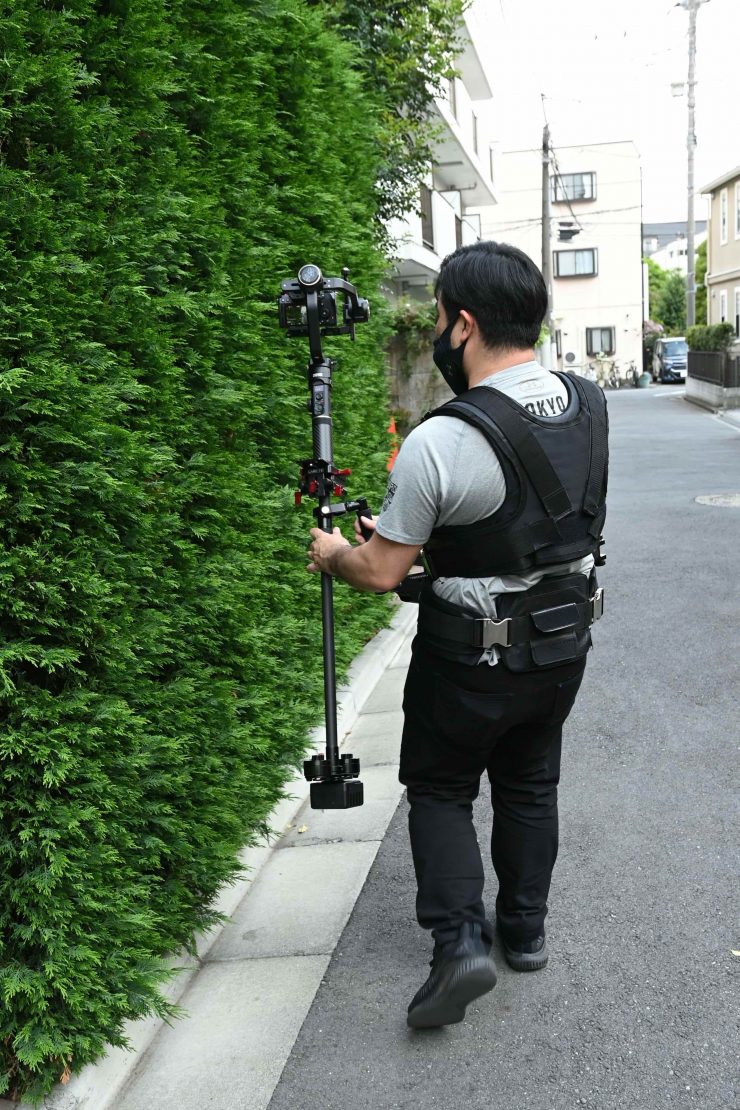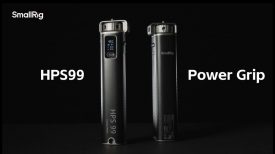
The CAME-TV 2-8kg Load Pro Camera Video Stabilizer Kit was designed to enhance the versatility of gimbals such as the DJI RS2 and Zhiyun Crane 2S.
Gimbals are a quick and easy way to create smooth movement, but they can struggle to create that organic type of movement we often associate with a Steadicam. Gimbals also introduce a lot of up and down movement when you are walking. The aim of the CAME-TV 2-8kg Load Pro Camera Video Stabilizer Kit to create a bridge between a gimbal and a Steadicam. The whole idea is to combine a gimbal with a vest, arm and sled to try and create a lower-cost Steadicam solution.
What does the kit consist of?
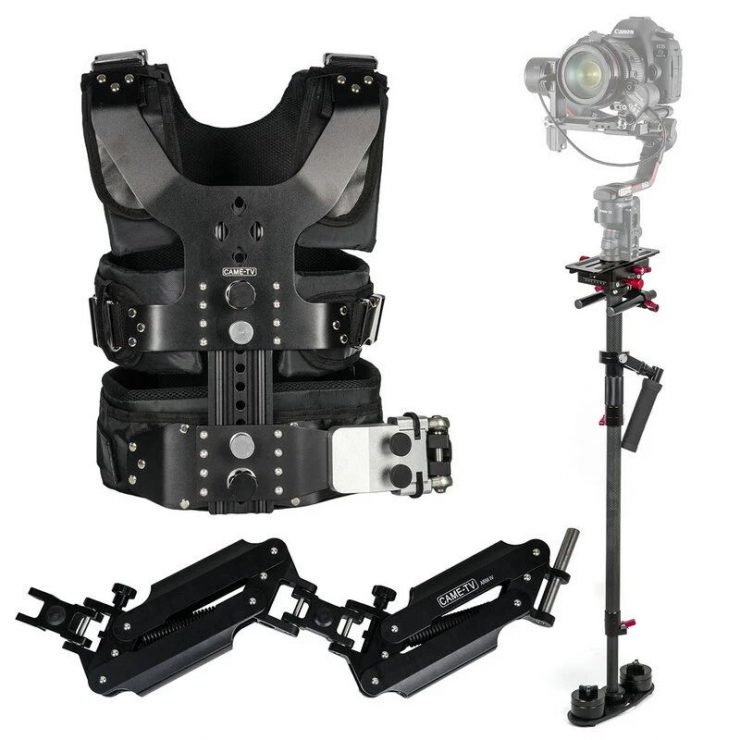
The kit consists of a vest, arm, and a sled so you can attach a compatible gimbal to get smoother shots, especially when walking.
CAME-TV has two different Spring Arms to choose from, the Stronger Spring Arm and the Light Spring Arm. By default, CAME-TV ships the Stronger Spring Arm which more suitable for larger cameras. If you need the Light Spring Arm for smaller cameras, please notify CAME-TV after ordering.
The two different spring arms have the following payload capacities:
- Stronger Arm Payload: 6-12kg (13.2 lb-26.4 lb)
- Lightweight Arm Payload: 2-6kg (4.4lb -13.2 lb)
Build Quality
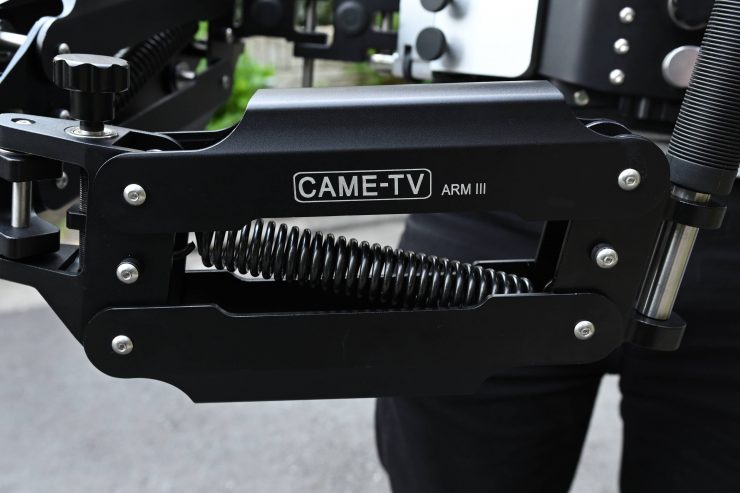
You shouldn’t confuse this with a proper Steadicam set-up, and therefore when it comes to build quality you are going to have to expect some compromises.
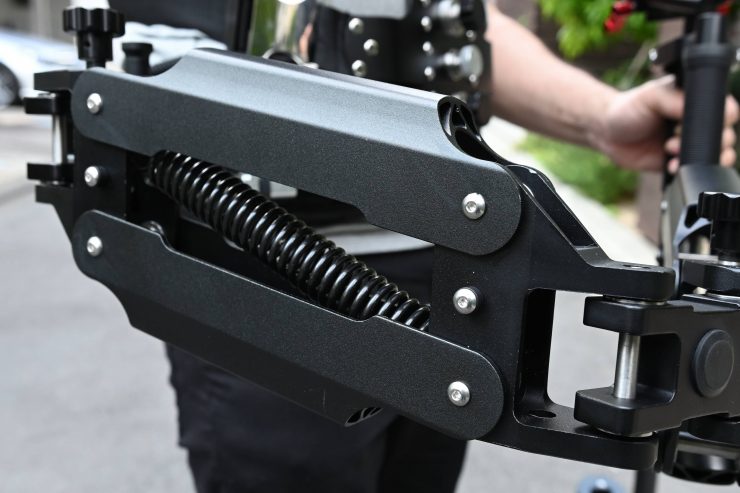
The actual sled and arm are reasonably well made for a product at this price.
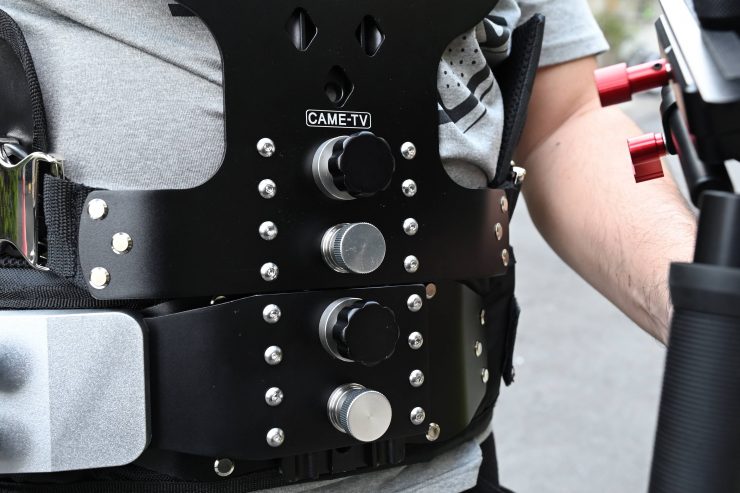
Steadicam vests fit snuggly to your body and they offer a lot of adjustability. I found that the CAME-TV vest is a little hit and miss.
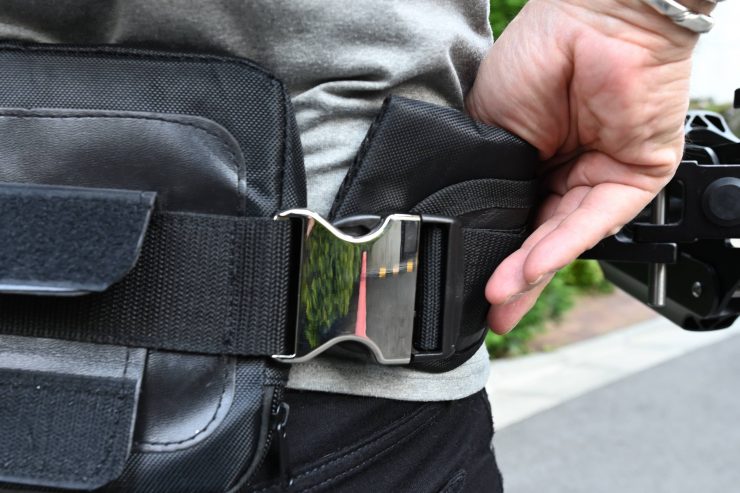
While it does still work, I found that it was a struggle to get it tight. The buckles and straps could be a little better. The trouble with low-cost vests is that they are designed as a one size fits all solution and they are never going to be completely form fitting.
Mounting your camera or gimbal
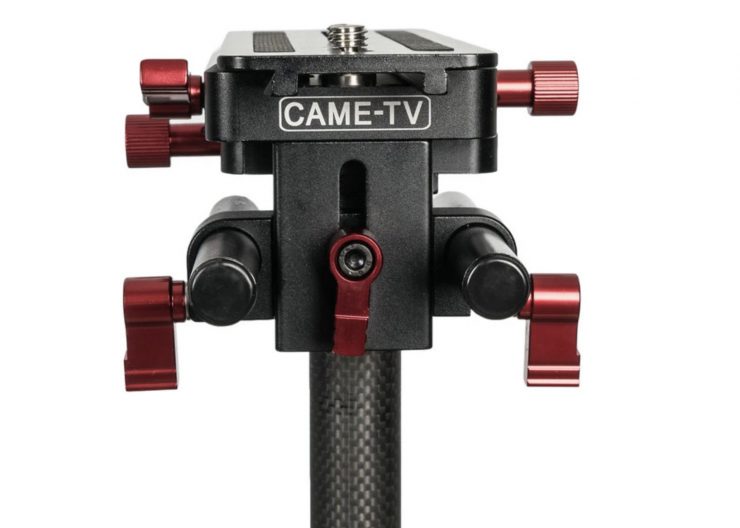
On the top of the stabilizer are 1/4″ and 3/8″ screws to mount your camera or gimbal. Even though this product is designed primarily for use with a gimbal, there is no reason why you couldn’t use it with just a camera, particularly a camera and lens combination that offers good stabilization.
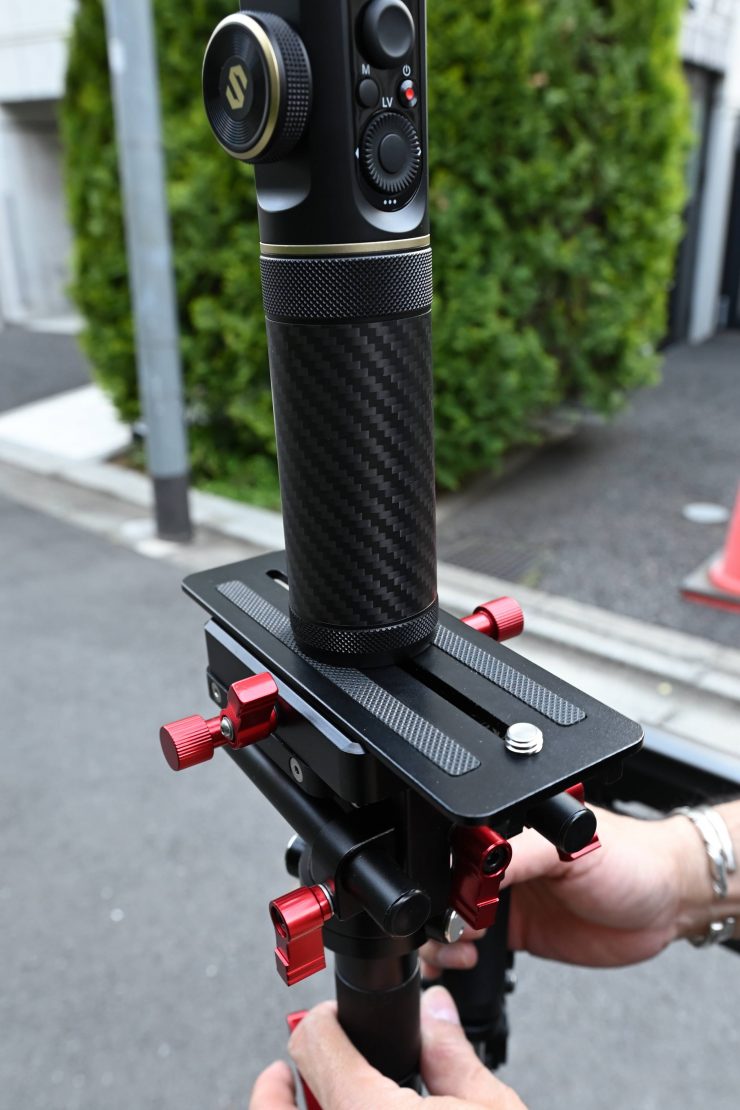
The biggest issue I had when trying to use a Zhiyun Crane 2S with this product is that I could only attach it with a single 1/4-20″ thread. The Zhiyun Crane 2S is quite high, to begin with, so you do get a rather tall configuration that is holding on via a single screw. This didn’t fill me with a lot of confidence.
Using this product with a DJI RS2 would be a lot better option.
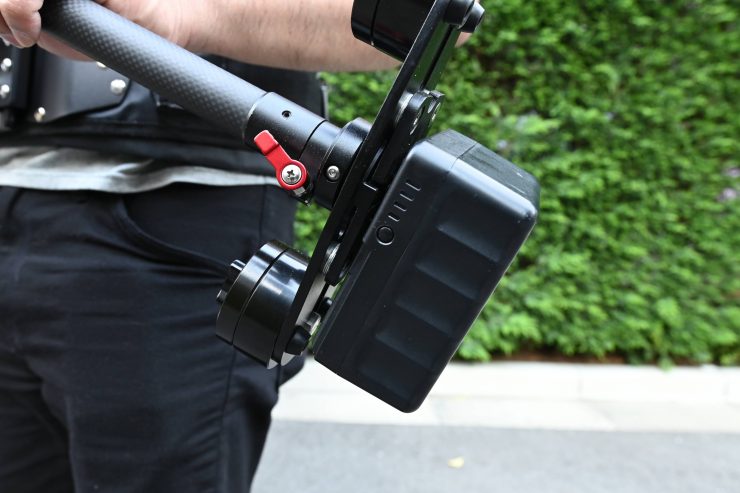
On the bottom, there is a V-mount plate. If you mount a V-mount battery you can use it to power certain gimbals and accessories.
Included are two 15mm diameter by 11cm long rods for attaching accessories such as a follow focus or matte box.
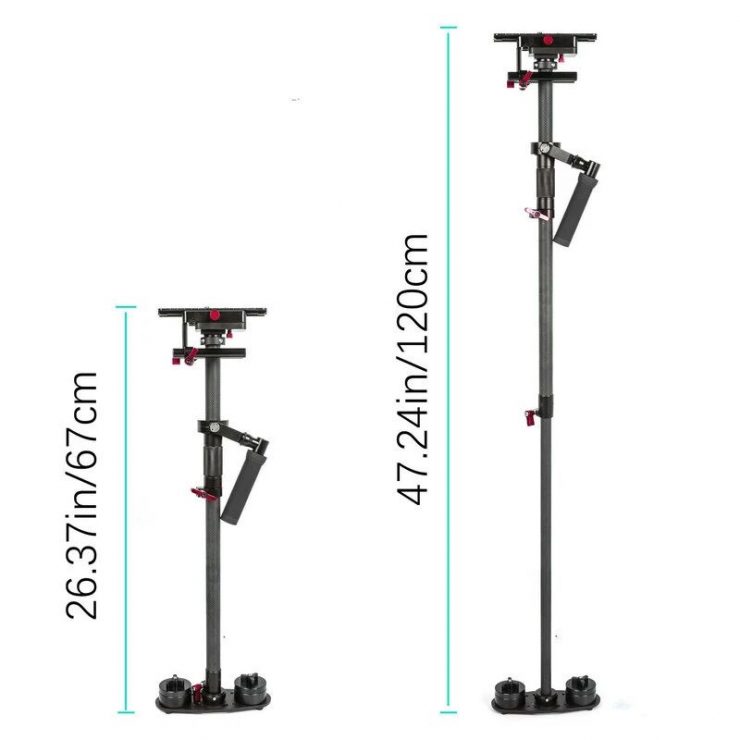
The sled can be adjusted in height from 67cm (26.37″) up to 120cm (47.24″).
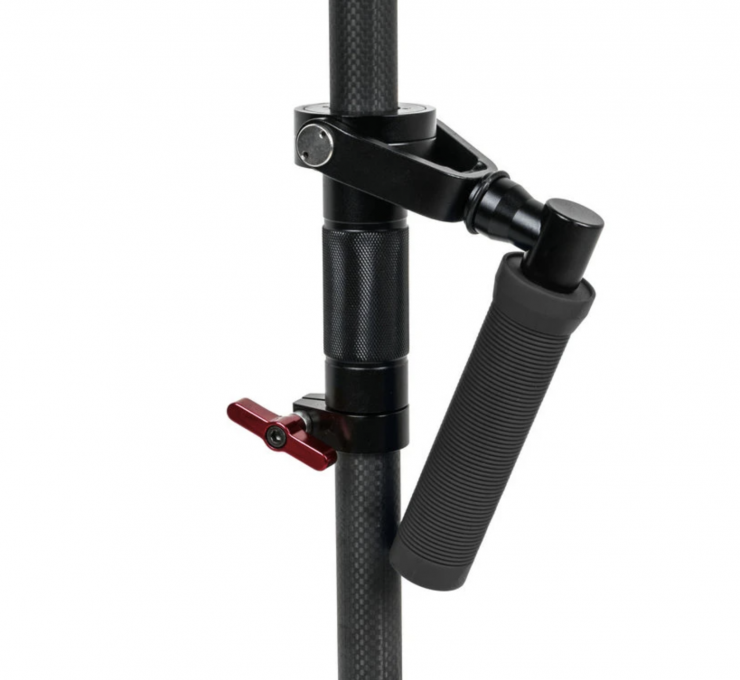
You can also adjust the handle on the sled and the amount of counterweight at the bottom.
Set-Up Time & Learning Curve
What you clearly need to remember with any device like this is that you need to factor in a reasonable amount of time to set it up. This is not a product that you can whip out of a bag and expect to use in 5 minutes.
If you just want to do a few gimbal shots here and there then this isn’t the device for you.
You need a decent-sized stand to set up the product. Once you have the Stabilizer on the stand, you then need to attach your camera or gimbal (after you have already balanced it) to the sled. You then need to fine-tune and balance everything. This can take a bit of time.
You then need to put the vest on and attach the arm. Once you attach the sled to the arm you then need to make adjustments to the arm.
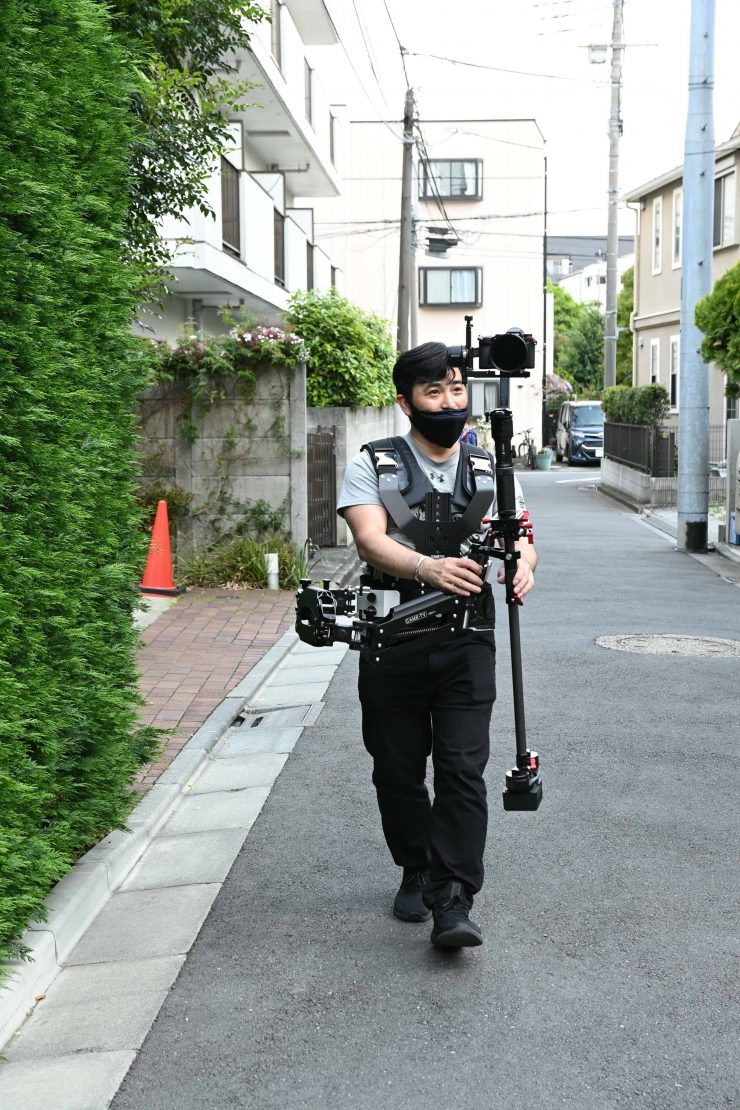
If you haven’t used a product like this before then the learning curve is pretty steep. Just setting it up correctly from scratch does require a certain level of knowledge and experience. If this is your first time using a device like this or you have never used a Steadicam then you need to be prepared to spend quite a lot of time learning how everything works, how to set it up correctly, and how to use it.
How does it perform?
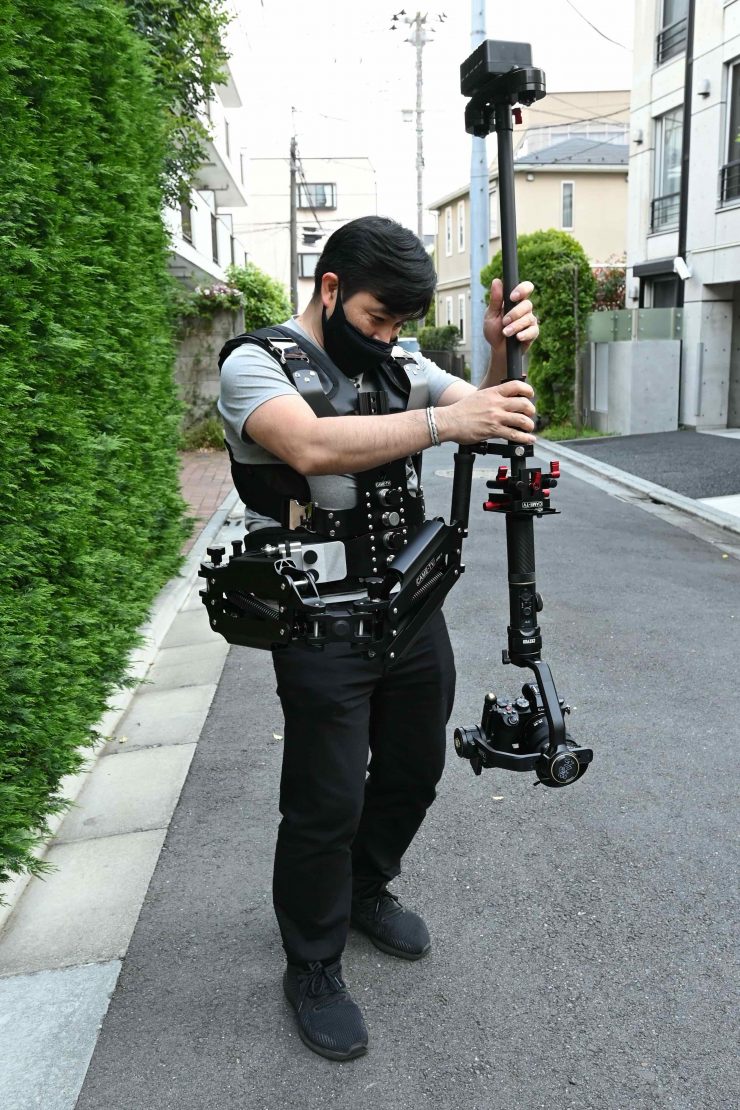
The CAME-TV 2-8kg Load Pro Camera Video Stabilizer Kit performs pretty well. I have to stress though that a lot of how it will perform will depend on setting it up correctly and the skill of the operator who is using it.
You can get pretty stable footage, especially when walking. I found that the footage you could get had a more organic feel than if you just used a gimbal by itself.
Above you can see some quick examples. None of this is exciting footage, it is just done so you can see the stability of the system. Please keep in mind that the person operating isn’t any type of expert using a system like this. These were literally the first shots we did with this product because I wanted to see how it would perform in the hands of someone who wasn’t overly familiar with it. All of the shots were done at normal speed and nothing has been post stabilized. There is zero point, at least in my opinion, of showing footage shot at higher frame rates, because then everything looks a lot smoother. Please ignore the Panasonic AF as it is not great!
With any stabilization or camera support system, the results you get will depend largely on the proficiency of the operator. Steadicam operators spend years perfecting their craft and when using any type of similar system you are going to have to spend a lot of time practicing to get great results.
Specifications
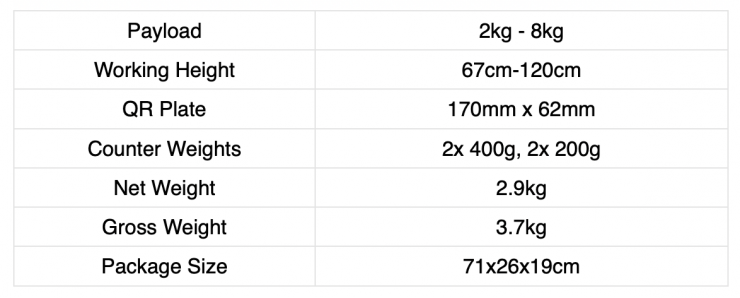
Optional RS2-BASE
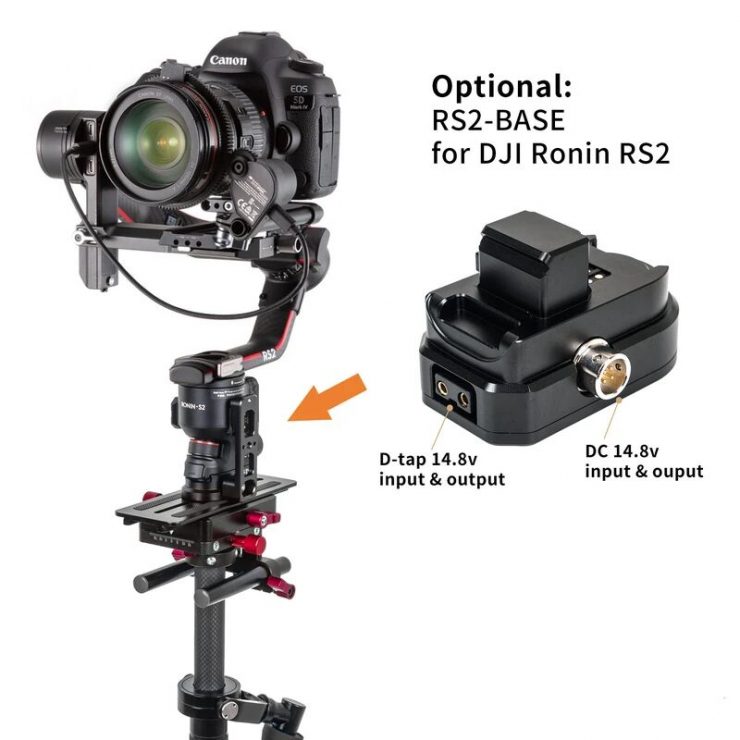
CAME-TV also has an optional RS2-BASE that you can also purchase if you happen to own a DJI Ronin RS2. This provides a D-Tap 14.8V input/output as well as a 14.8V DC input/output.
Price & Availability
The CAME-TV 2-8kg Load Pro Camera Video Stabilizer Kit retails for $788 USD. The optional Base Adapter With D-Tap For DJI Ronin RS2 (RS2-BASE) is $158 USD.
The CAME-TV Stabilizer is an alternative to something like the Tilta Float Handheld Gimbal Support System ($1,349 USD).
Conclusion
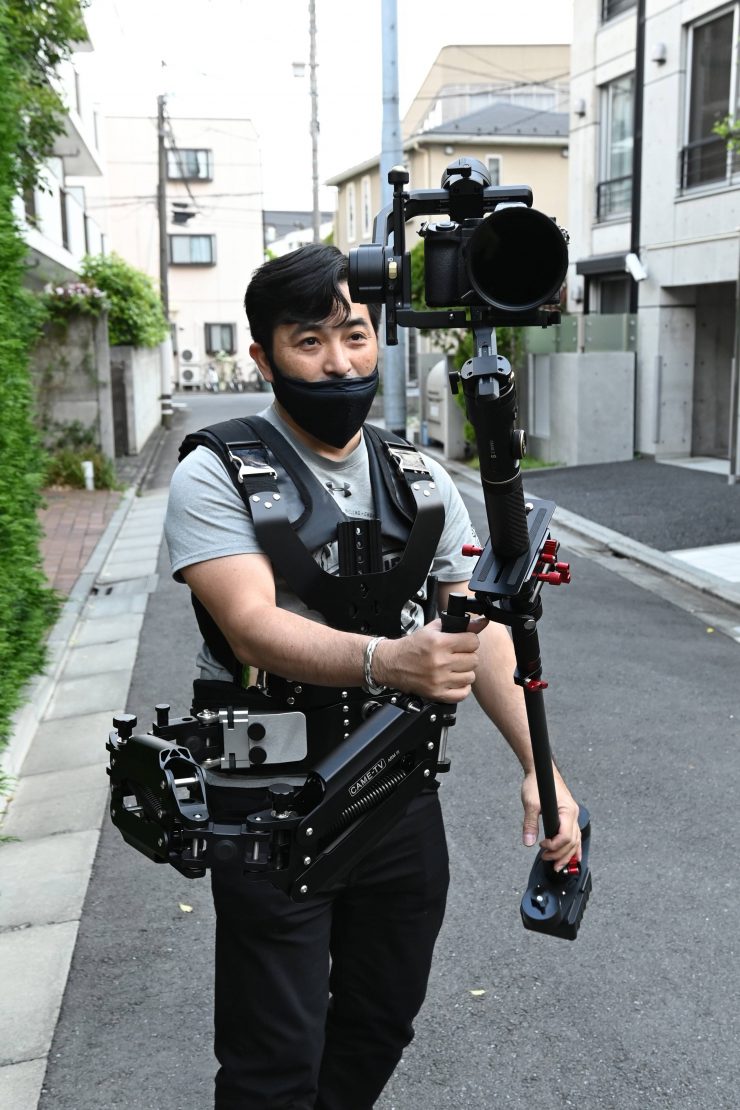
The CAME-TV 2-8kg Load Pro Camera Video Stabilizer Kit is not going to be a product for everyone. It is quite a specialized piece of equipment and it is only worth purchasing or using if you do a lot of gimbal shots and you have the time to set it up.
It really is a piece of kit where it is better to have a dedicated operator using it. It is not a product I would recommend that you use by yourself. You really do need a bit of help or at least someone who can assist you when you are using it.
You also need to take into account that you will be carrying around a lot of weight when using it and if you are not someone who uses a product like this often, you will get tied quickly.
The learning curve is steep with a product like this and you do need to invest time in learning how to set it up. You also need to spend time practicing how to use it. It is not a product you can just pick up and expect to get great results.
The system is relatively well made, and it certainly provides a lot better results than using a gimbal alone, especially for walking shots.

